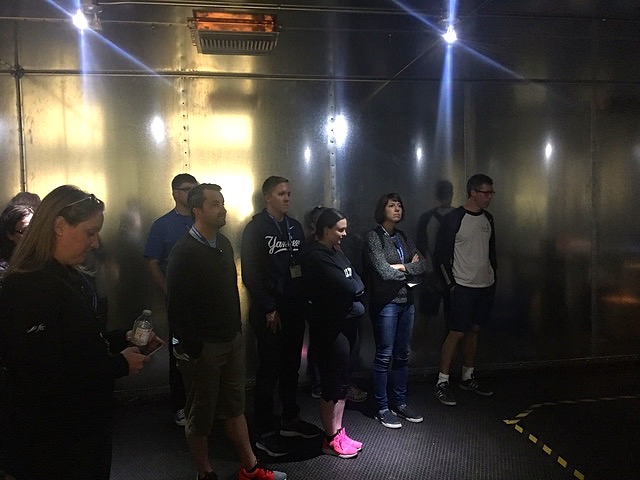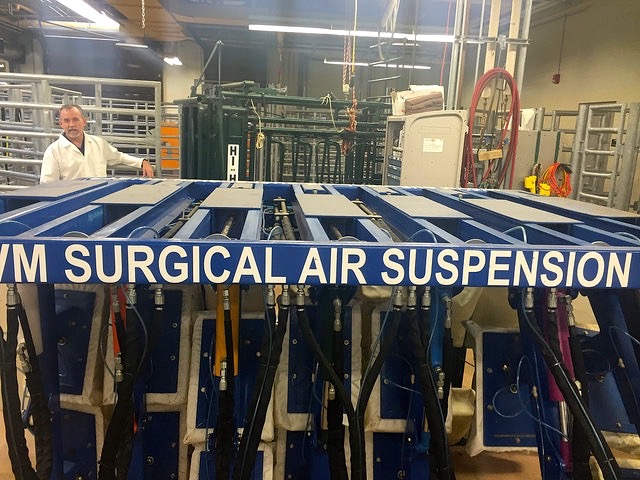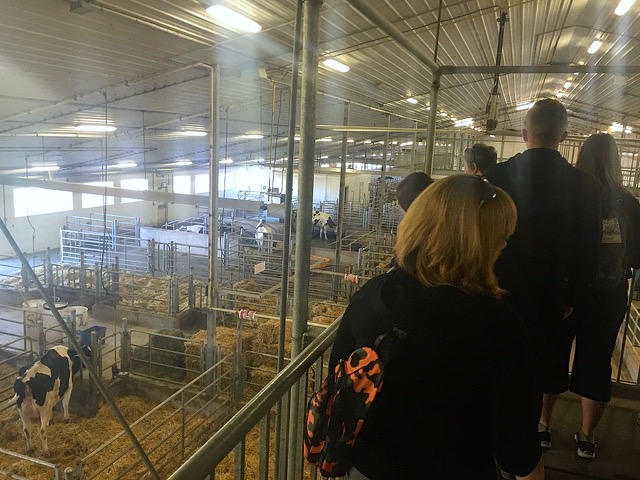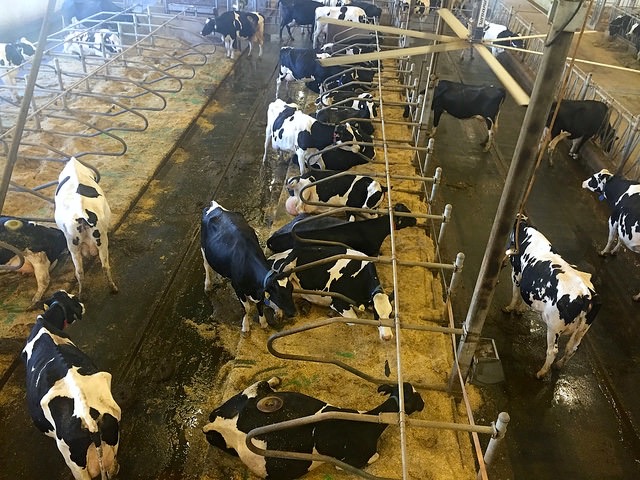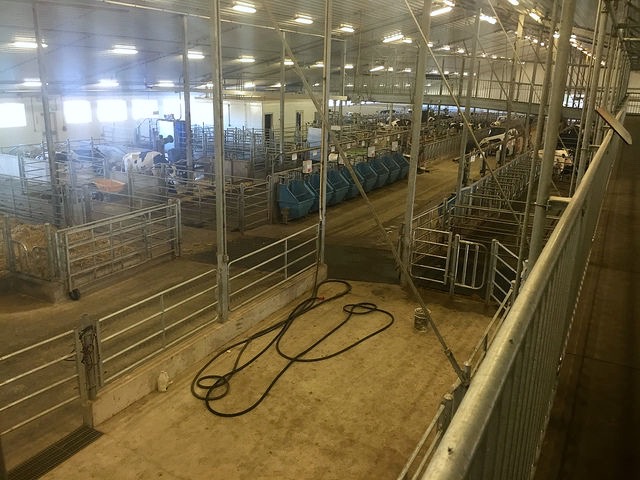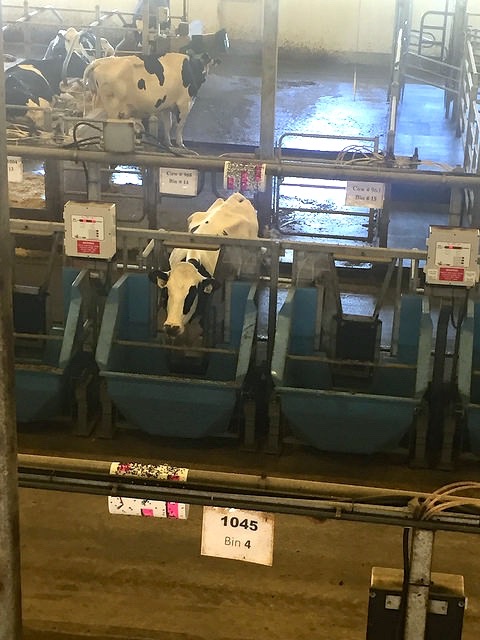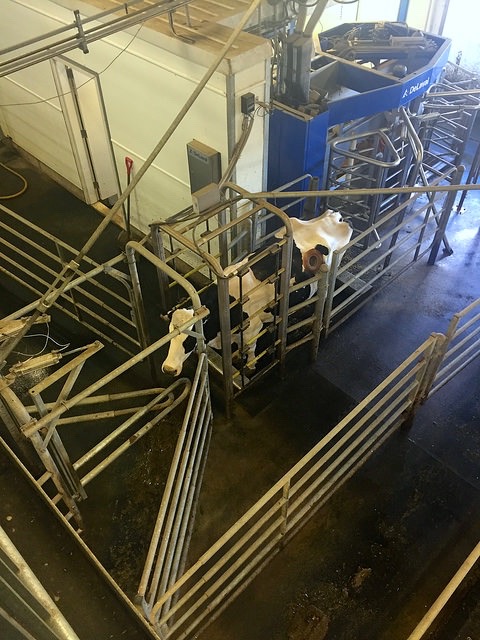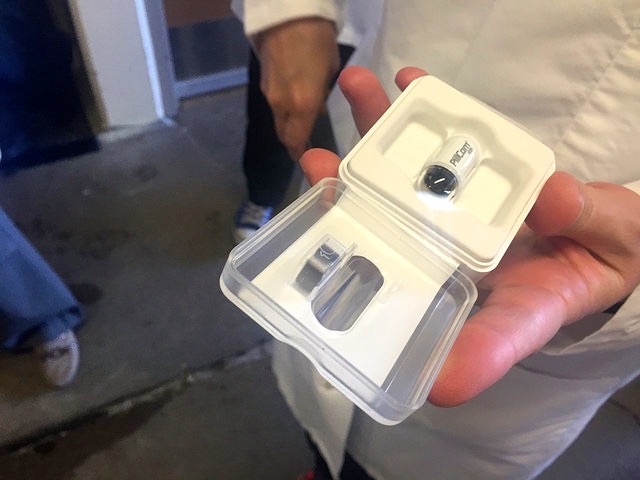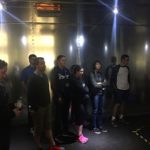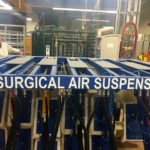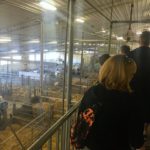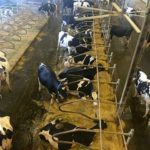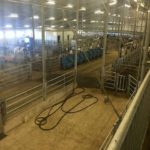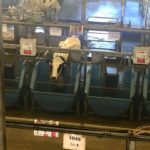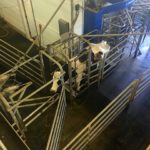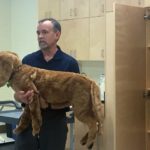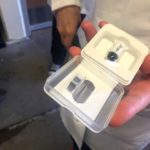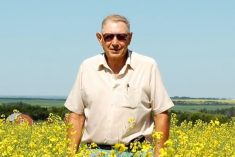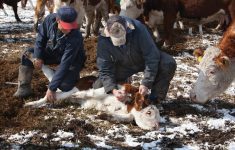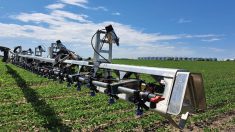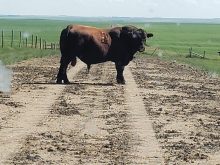
29998841662_e54d26b84d_z
The Canadian Light Source, a synchrotron housed at the University of Saskatchewan. The synchrotron is a light source that scientists use to study materials at the molecular level. Researchers have studied everything from fusarium head blight to biomedical science with the synchrotron.
Photo: Lisa Guenther
29998651042_097f7c2099_z
Canadian Farm Writers check out the inside of an equine MRI at the University of Saskatchewan.
Photo: Lisa Guenther
29485105503_2272ed5469_z
Dr. John Campbell shows off the vet school's tilt table for cattle. The current table is based on an original built by a Humboldt farmer.
Photo: Lisa Guenther
30029017681_74d8f7cbdf_z
The view from the cow-walk of the University of Saskatchewan's Rayner Dairy Research and Teaching Facility. Members of the Canadian Farm Writers' Federation toured the facility on September 30th.
Photo: Lisa Guenther
30078331316_2222346b5a_z
The view from the cow-walk of the University of Saskatchewan's Rayner Dairy Research and Teaching Facility. Members of the Canadian Farm Writers' Federation toured the facility on September 30th.
Photo: Lisa Guenther
30078278166_6e51f2fb5d_z
The view from the cow-walk of the University of Saskatchewan's Rayner Dairy Research and Teaching Facility. Members of the Canadian Farm Writers' Federation toured the facility on September 30th.
Photo: Lisa Guenther
29484692184_44792aa8ea_z
A dairy cow chows down at the Rayner Dairy Research and Teaching Facility. Some cows are assigned their own feed bins. An RFID reader gives the cow access when she approaches her own bin. However, some cows figure out how to game the system by sneaking past the gate when the rightful cow moves away from her bin. Those sneaky cows aren't in the personalized feed bin area.
Photo: Lisa Guenther
29998612902_96e41f24d6_z
A dairy cow exits the robotic milker at the Rayner Dairy Research and Teaching Facility. The facility has a commercial dairy herd, which they also use for research and teaching.
Photo: Lisa Guenther
29998781542_10b05294fe_z
Dr. John Campbell holds a stuffed dog that vet students use to hone their diagnostic skills early in their schooling. Instructors can give the dog health problems such as heart murmurs.
Photo: Lisa Guenther
30112909005_40a8358cb0_z
A pill cam used to diagnose intestinal issues in horses. The pill cam costs $800, can only be used once, and sends images in real time as it makes its way through the horse's gut.
Photo: Lisa Guenther
Synchrotrons, robotic milkers, pill cameras oh my! Grainews‘ Lisa Guenther had plenty to see and do during a recent tour at Canadian Farm Writers’ Federation awards. Have a look at some of the many modern technologies she and other agricultural journalists saw when they toured facilities at Canadian Light Source and the University of Saskatchewan’s vet centre and dairy research centre.


